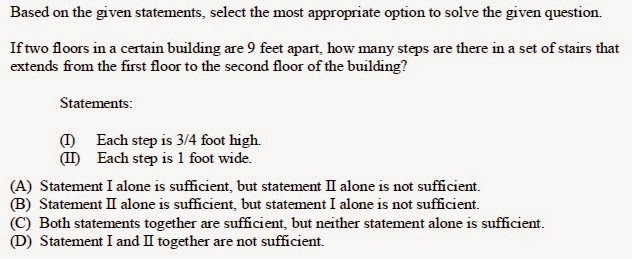/*
Write a program to determine the sum of the following series:
S = 1 – 3 + 5 – 7 + ...(n terms)
Read the value of n from the user.
*/
#include<stdio.h>
main()
{
int n, s=0,i,sign=1;
printf("\nEnter value of n=");
scanf("%d",&n);
for(i=1;i<=n;i++)
{
s=s+sign*(2*i-1);
sign=sign*(-1);
}
printf("\nThe sum of the series=%d",s);
}
Write a program to determine the sum of the following series:
S = 1 – 3 + 5 – 7 + ...(n terms)
Read the value of n from the user.
*/
#include<stdio.h>
main()
{
int n, s=0,i,sign=1;
printf("\nEnter value of n=");
scanf("%d",&n);
for(i=1;i<=n;i++)
{
s=s+sign*(2*i-1);
sign=sign*(-1);
}
printf("\nThe sum of the series=%d",s);
}

































































